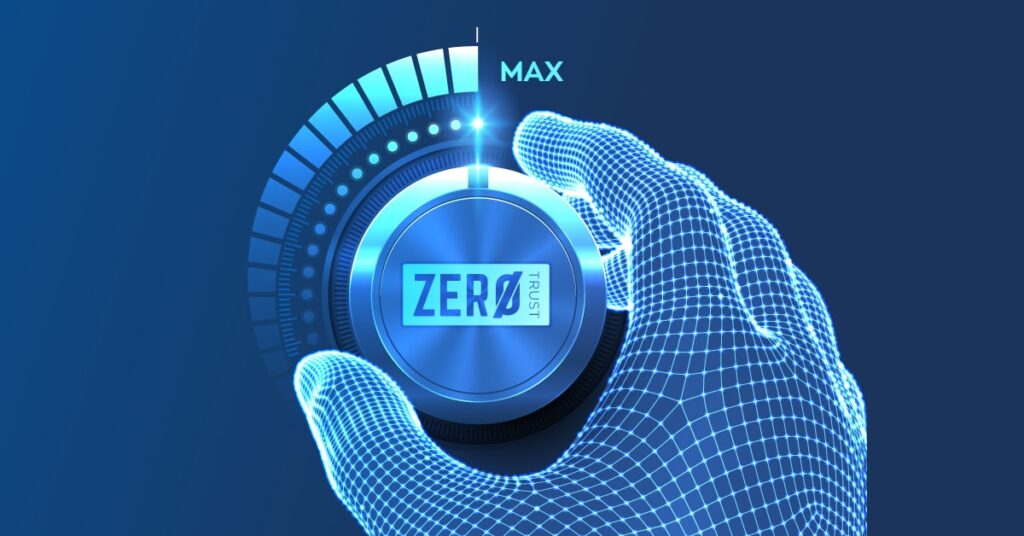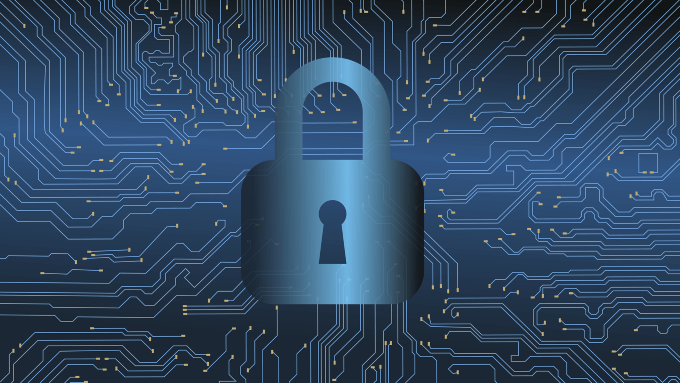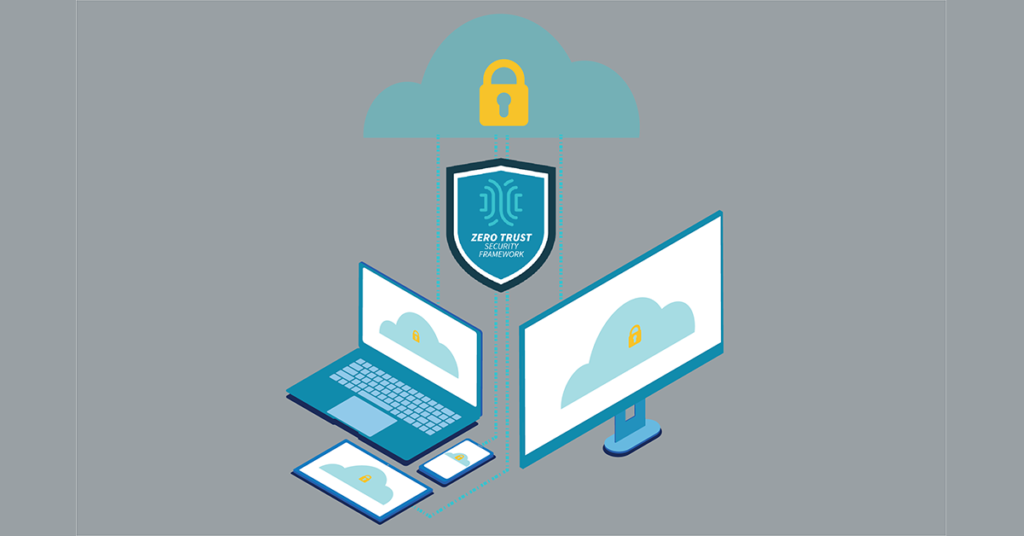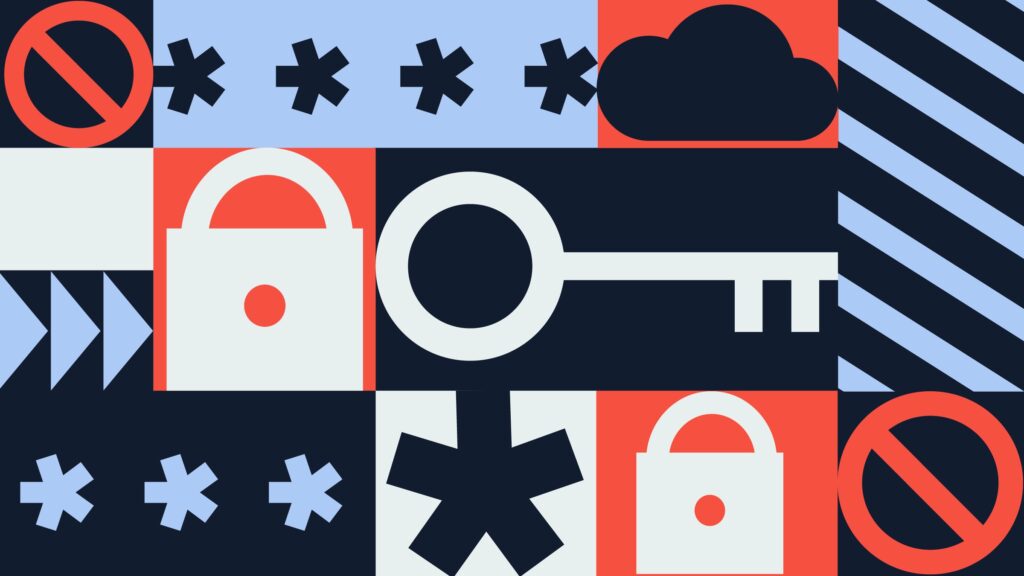How to Implement Zero-Trust in your Organization

The term “zero-trust” has gained traction in recent years, with many organizations implementing it to enhance their cybersecurity. But how do you implement zero-trust security in your organization? This article will shed light on the implementation of Zero-Trust infrastructure.
Zero-Trust – Explained
Put simply, a zero-trust environment requires that employees access information and data only on a need to know basis. This means that organizations ensure their most critical data is available only to those who actually require it for their work. These privileges are granted by Supervisors or other designated decision makers after the process of approval is initiated.
In a zero-trust environment, all users must authenticate to an access management system before being granted continued access to the network and its resources. This authentication process may utilize passwords, certificates, biometrics or other two-factor authentication methods that require more than just a username and password.
The organization is responsible for ensuring that all users and devices are properly registered before gaining access to the network. All who gain access must also reauthenticate when leaving and returning to their workstations or other devices on the network.
Initial Implementation of Zero-Trust in an Organization
Organizations and businesses should consider implementing a zero-trust security policy to protect their information and assets. They can start implementation by using a few steps.
Identifying Personnel
The first step to implementing zero-trust security is to identify all personnel that should have access to systems or data. This includes everyone, not just employees.
Contractors, temporary staff and consultants are all at risk of being compromised by a malicious party – technically known as a threat actor – and will be able to gain access from inside the organization. This should block any possibility of an inside threat actor gaining access to information, which is crucial in the growing world of cyber warfare.
Vetting & Excluding Malicious Actors
Next, screen all employees, contractors and other users against a list of high-risk individuals to prevent them entering the organization with malicious intent. Preferably, this list will constantly evolve as potential threats are identified or removed. These high-risk individuals are potential threat actors who should be excluded from entry by any means necessary.
Identification & Biometrics
Once all personnel have been identified and vetted, the next step is to verify their original identity before they become a working part of your organization. The most common method for accomplishing this process is through biometrics, but it’s certainly not the only adopted method.
Using a biometric, such as a fingerprint or retina scan, is highly effective in preventing potential threat actors from gaining access to information because it’s virtually impossible for an actor to fake their identity with a biometric scanner.
This does require some extra effort on behalf of management, since different levels of security clearance will require different levels of authentication, but it’s worth the extra effort put into security.
Eliminate Trust-Based Access
Eliminating access granted based on trust is a significant step in reducing risk associated with cyber warfare. Implementing a zero-trust policy will not be easy and will likely need to be rolled out over multiple years as existing systems are phased out and replaced by newer technology.
However, by implementing these type of policies, organizations will be able to protect themselves against some of the most dangerous cyber threats currently plaguing businesses today.
Bottom Line
Organizations should always implement zero-trust security policies in order to protect their assets and information. A zero-trust environment typically requires employees to gain access through a means of two-factor, biometric authentication, approved by a supervisor or other designated decision maker. This leads to fewer vulnerabilities, better protection of data and more efficient use of resources.
If you want a more detailed outlook, Read our Zero-Trust WhitePaper





